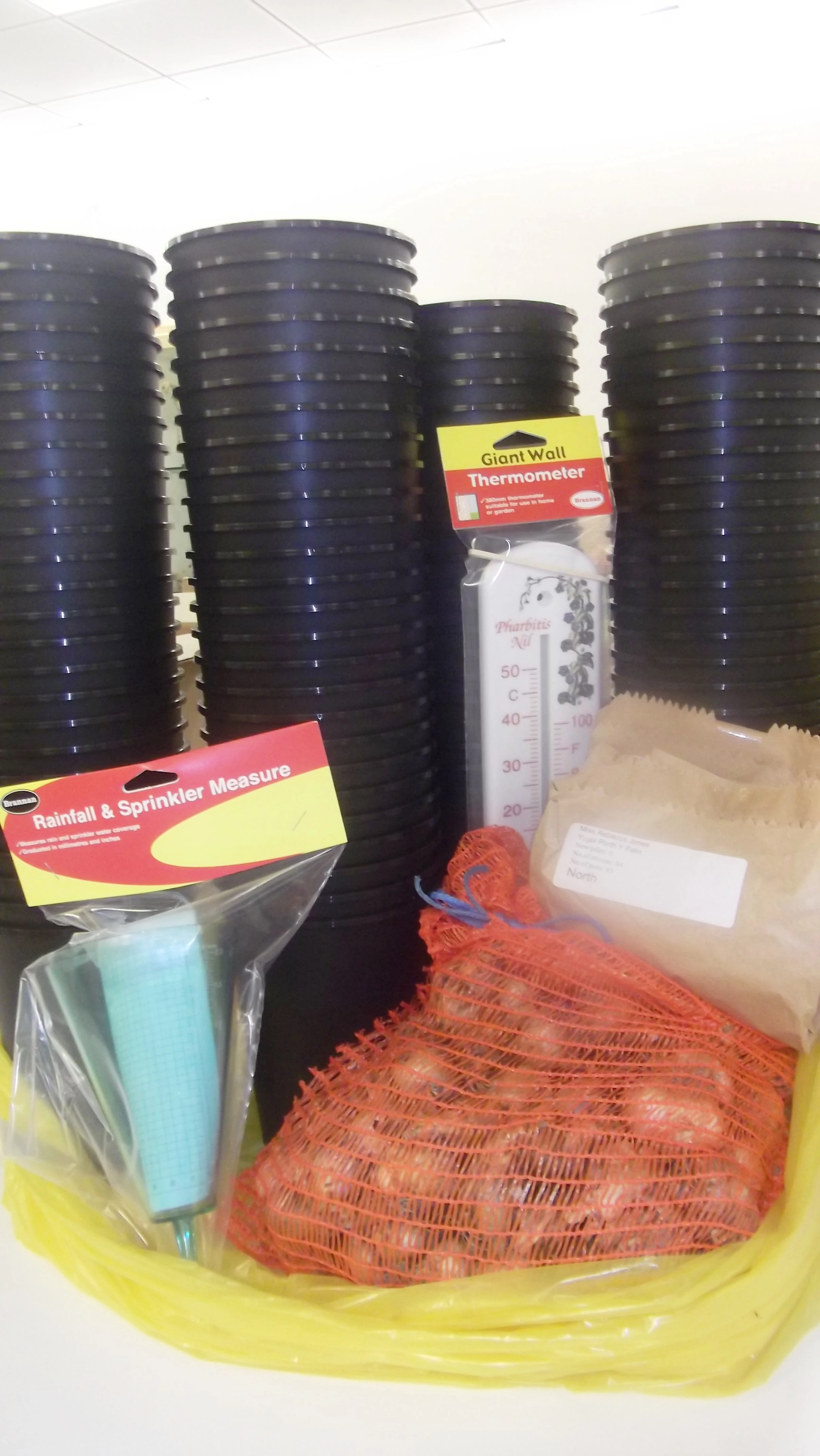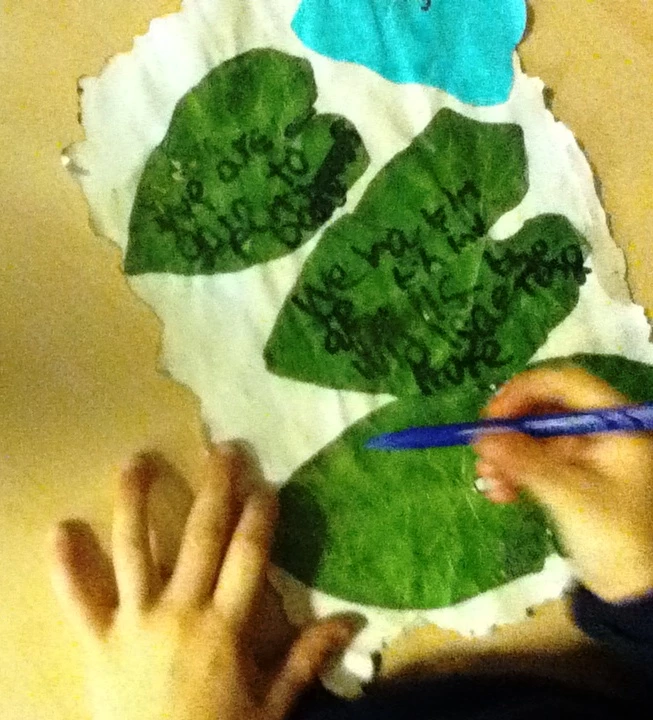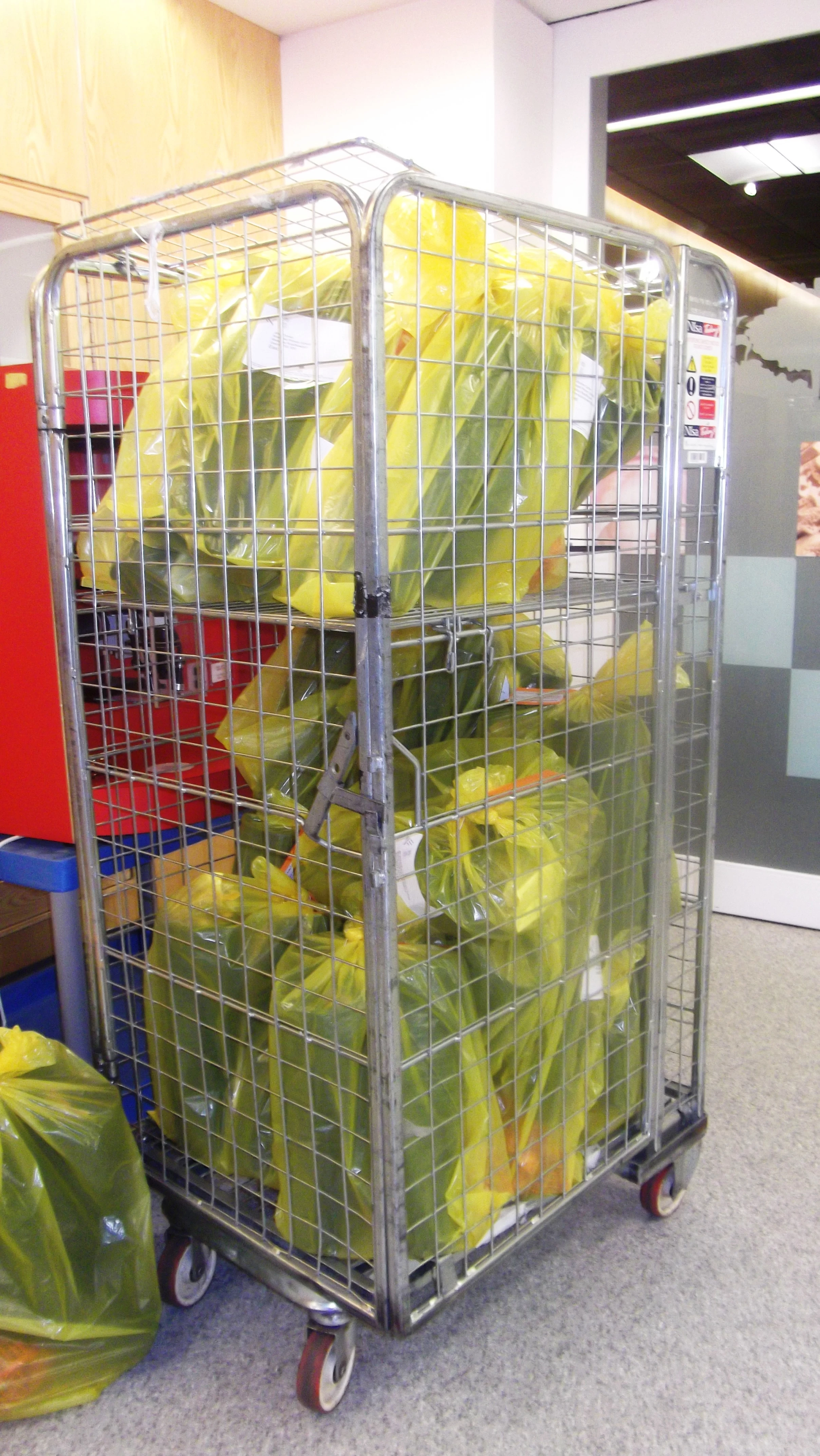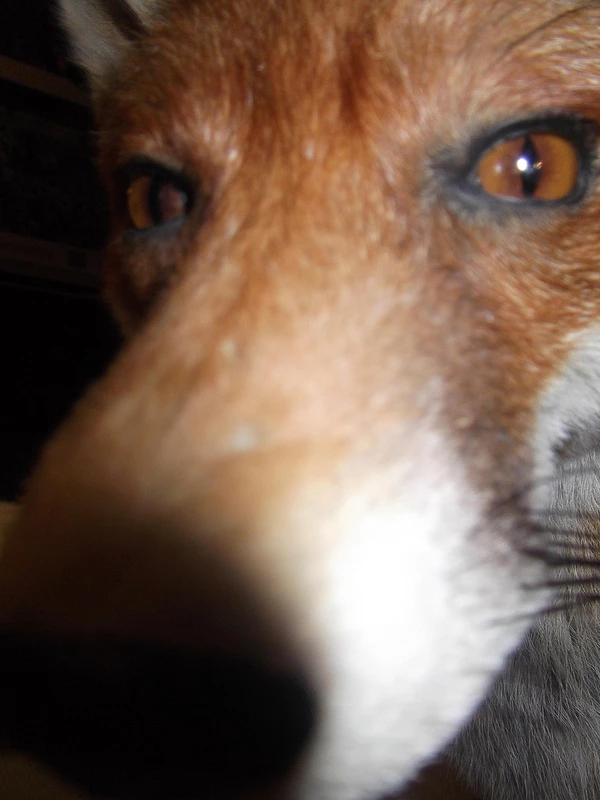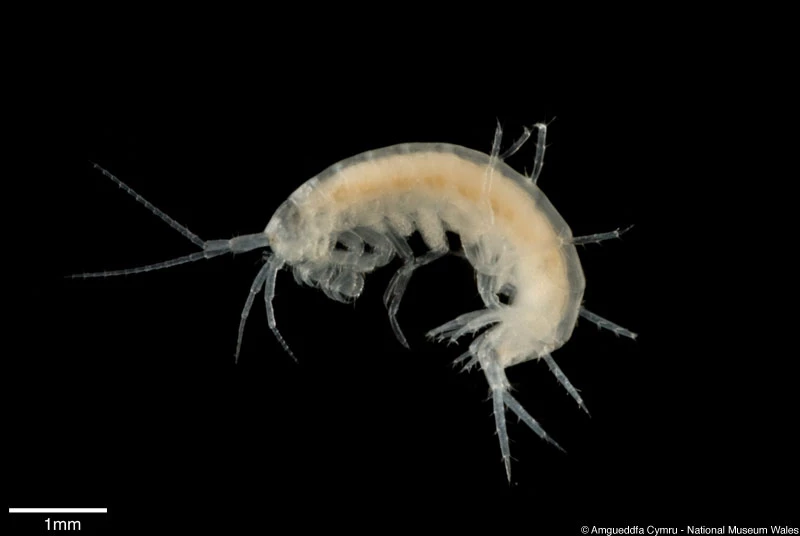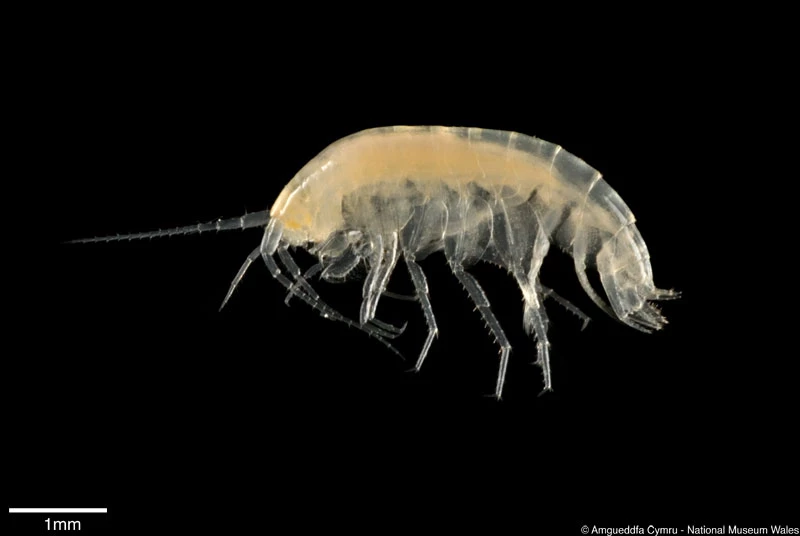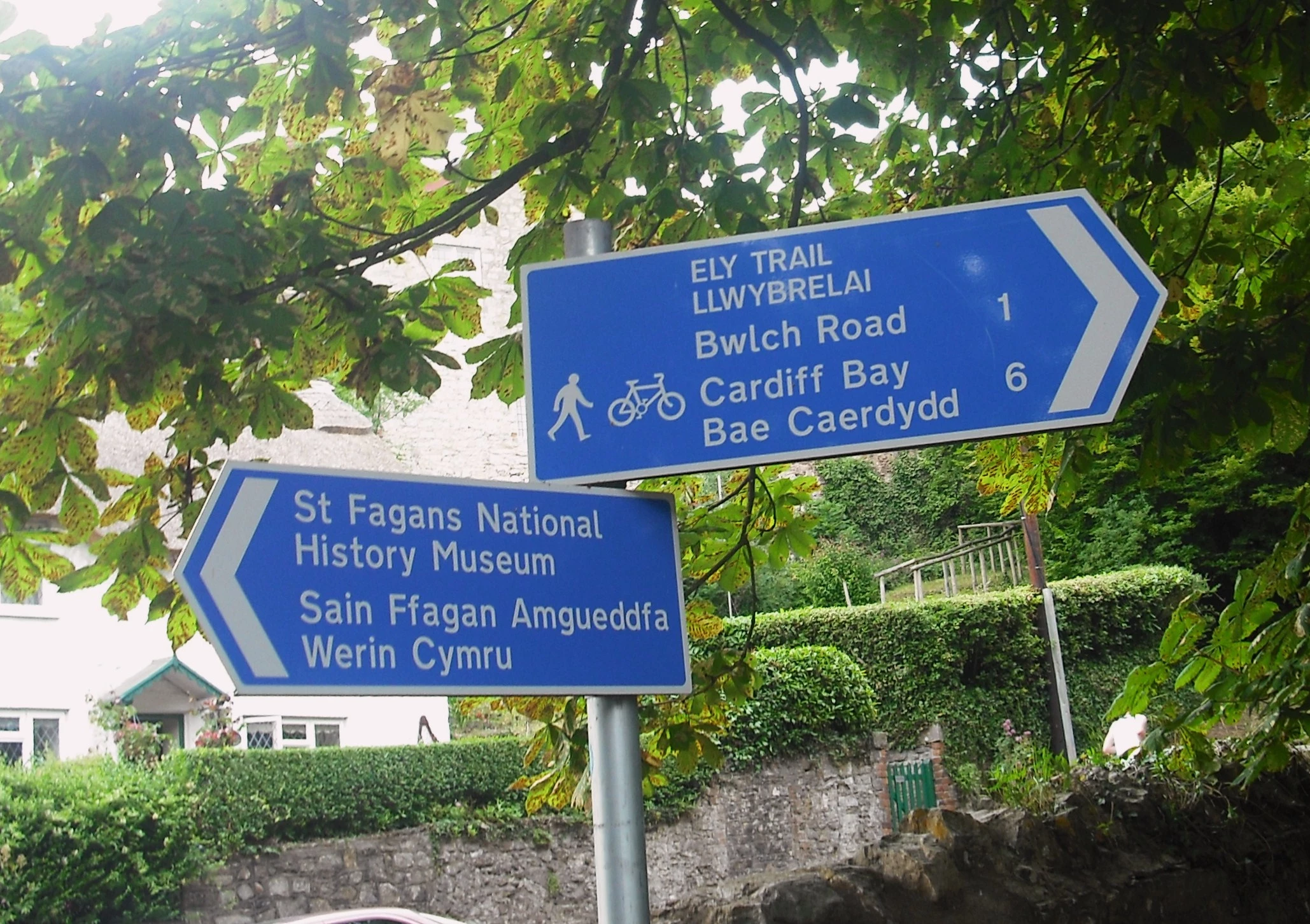Twelve thousand bulbs prepare to land in schools across the UK!
, 11 October 2012
This week, six and a half thousand young scientists across the UK are getting ready for the big bulb planting day.
Twelve thousand bulbs will be planted and monitored as part of this long term climate investigation being co-ordinated at Amgueddfa Cymru - National Museum Wales. If there was a world record for the most people planting bulbs simultaneously, (in several locations) we could smash it! I may suggest a new category to the Guiness book of records...
All the bulbs have been counted up and are steadily being delivered to the 120 schools across the country. I'd like to welcome each an every pupil and teacher who will be working on this project! If you haven't already recieved my letter please follow this link
Before each bulb is planted, each pupil must also adopt their bulb and promise to care for it. If you want to know how see this link
The children of St. Joseph's School in Penarth were very excited to read my letter and are very keen to help. They have written me some replies on leaf paper and have promised to plant the bulbs and look after them. Thanks so much St.Joseph's I love these, great idea!
Before you adopt your bulb you may also wish to know where it's come from. My friend Baby Bulb is going to explain:
'My bulb buddies and I come from a nursery plantation in Manorbier, near Tenby in Wales, it's called 'Springfields'. We didn't spring from the fields, but we were picked and loaded onto a van ready to go to our new homes. At first I was a little afraid, but then when I met Professor Plant at the Museum I understood that I would be cared for by a nice young person and that I have an important job to do. We have all been selected to help us understand how the weather can affect when my friends and I make flowers. My parents before me grew here too, Springfields have been growing us 'Tenby Daffodils' for about 25 years, we are one of the two daffodils that are native to the British Isles".
Just one week until planting now! I can't wait!
Professor Plant


